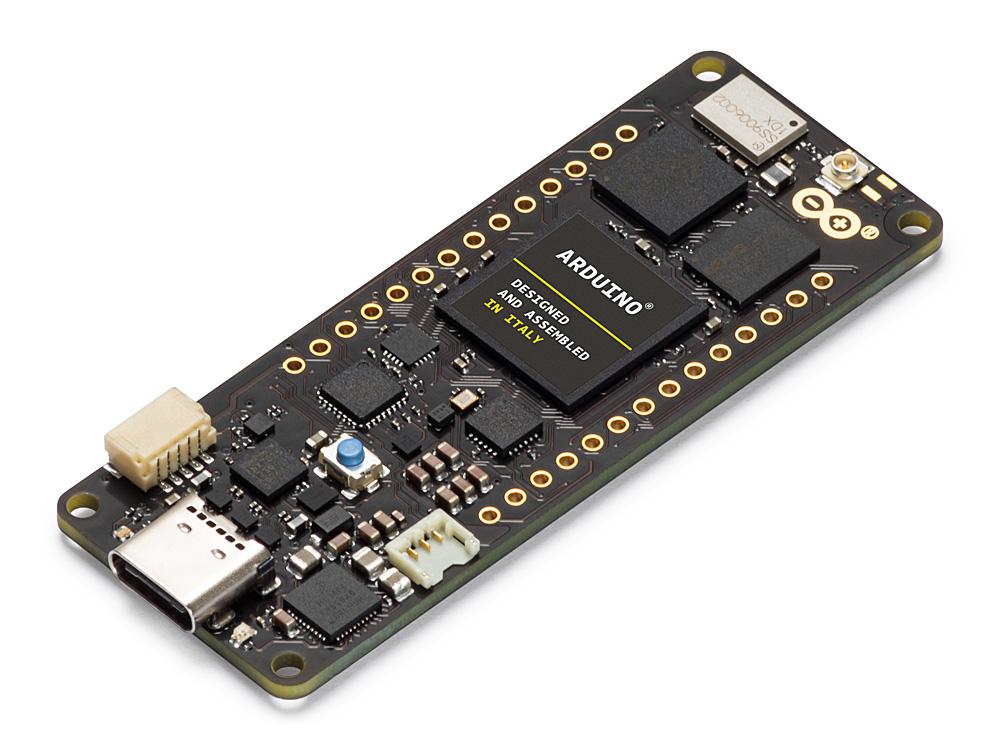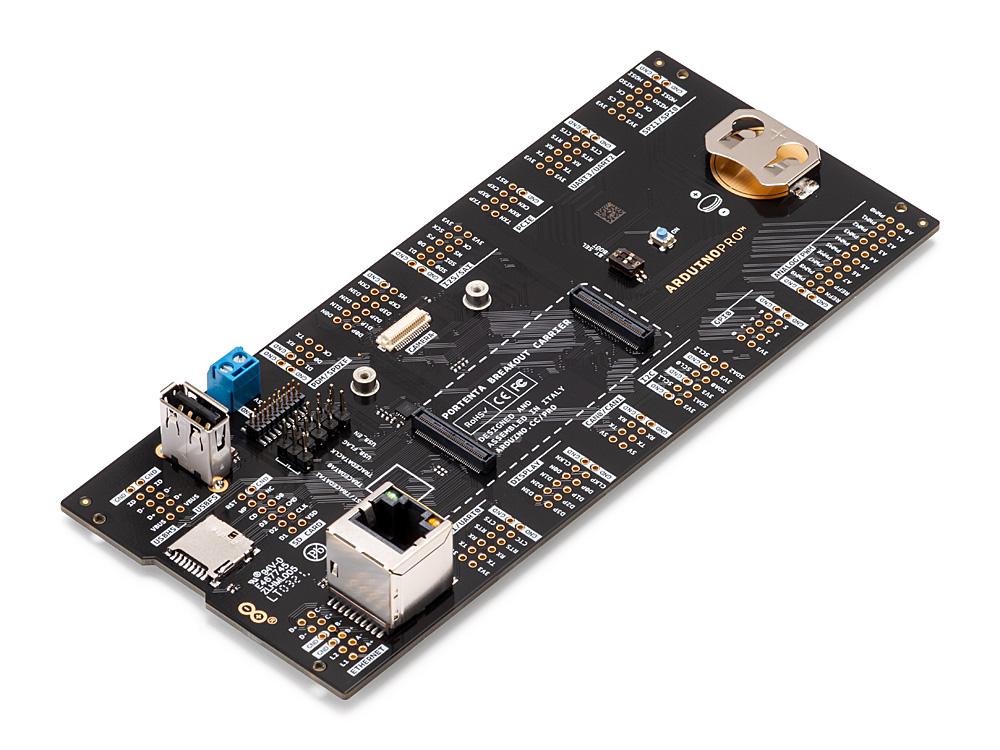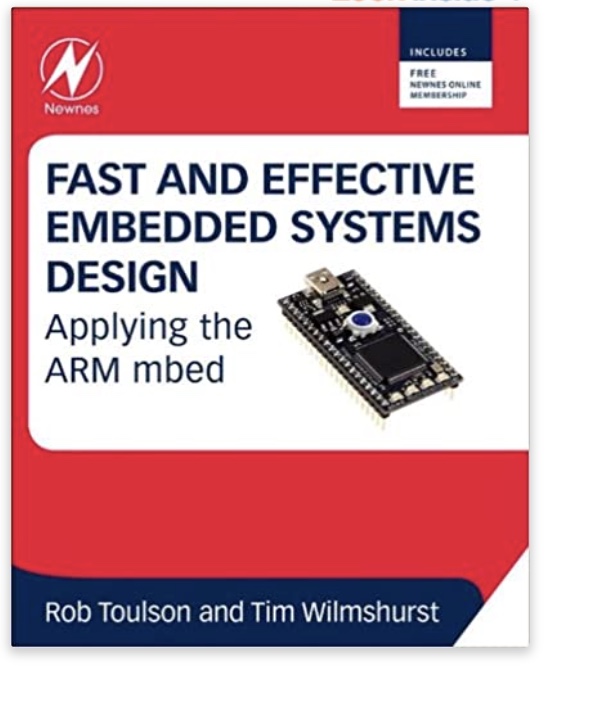Blog
Recent Posts
Arduino Portenta H7 - Dual-Core STM32 Processor Board with Two CAN FD Ports and Support for Arduino IoT Cloud
Posted by on
The Portenta H7's central processor is represented by the dual-core STM32H747, including a Cortex M7 at 480 MHz and a Cortex M4 at 240 MHz. The two cores intercommunicate through a Remote Procedure Call mechanism that seamlessly enables calling functions on the other processor.
Both processors share on-chip peripherals and can run Arduino Sketches on the Arm Mbed OS or native Mbed applications. They also support MicroPython and JavaScript via an interpreter.
The onboard wireless module simultaneously permits the management of WiFi and Bluetooth® connectivity on the Portenta H7. The WiFi interface can operate as an Access Point, a Station, or a dual-mode simultaneous AP/STA. It can handle up to 65 Mbps transfer rate. The Bluetooth interface supports Bluetooth Classic and BLE.
In addition, the board comes with a set of CAN Bus controllers, two with CAN FD and one with time-triggered CAN (TT-CAN).
The Arduino Portenta Breakout board supports hardware engineers and makers to prototype and test devices connections and capability within the Portenta family boards (e.g., the Portenta H7).
All high-density connector signals are individually accessible, making it quick and easy to connect and test external hardware components and devices.
More Information
- Arduino Portenta H7 - Product Information...
- Arduino Portenta H7 - Data Sheet (PDF)...
- Arduino Portenta Breakout Board...
Fast and Effective Embedded Systems Design is a fast-moving introduction to embedded system design, applying the innovative ARM mbed and web-based development environment. Each chapter introduces a major topic in embedded systems and proceeds as a series of practical experiments, adopting a "learning through doing" strategy.
Minimal background knowledge is needed. First, C/C++ programming is applied step-by-step, allowing the novice to get coding quickly. Once the basics are covered, the book progresses to some "hot" embedded issues – intelligent instrumentation, networked systems, closed-loop control, and digital signal processing.
Written by two experts in the field, this book reflects on the experimental results, develops and matches theory to practice. It evaluates the strengths and weaknesses of the technology or technique introduced and considers applications and the broader context. Furthermore, it includes multiple exercises and end-of-chapter questions.
 Loading... Please wait...
Loading... Please wait...



